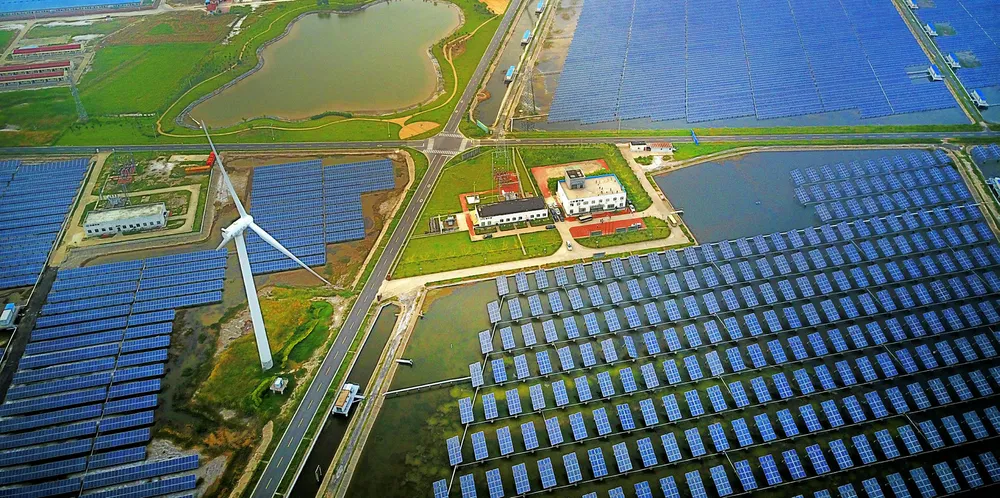Onshore wind 'running out of game-changers' in race with solar: WoodMac
Research group says most 'low hanging fruit picked' as it tips Nordex for potential consolidation after US market cools

Research group says most 'low hanging fruit picked' as it tips Nordex for potential consolidation after US market cools
